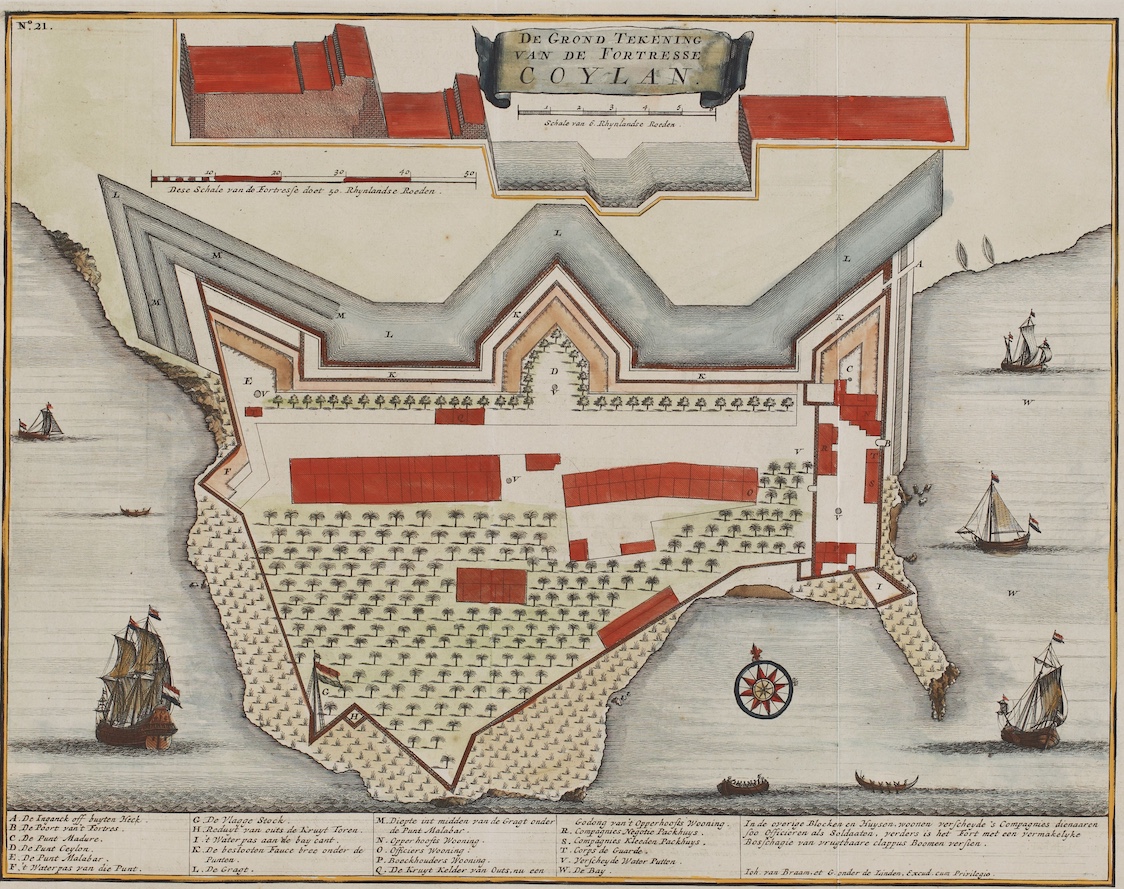The Sarmaya archive richly represents many eras of early photography in India—from the architectural to the ethnographic, and from travel scenes to war. If you’ve been following along, you might have picked up a lot of trivia about when and how this medium captured the imagination of our country. Take our quiz on the history of photography to test your knowledge and maybe even discover a new favourite photo factoid.
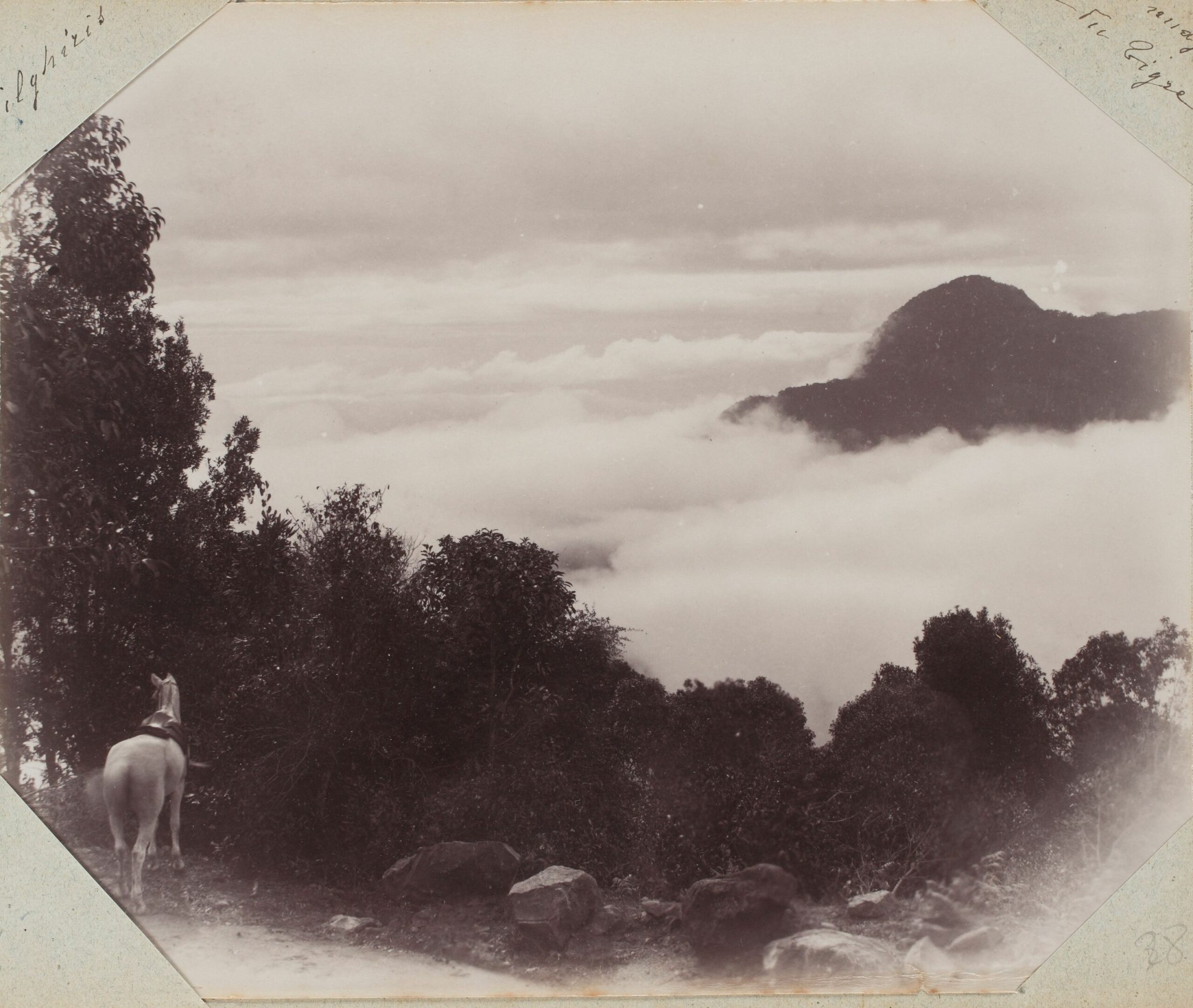
#1. ‘Photography’ is Greek for ‘drawing with___’.
The word ‘photography’ is believed to have been coined by the scientist Sir John Herschel in 1839. It’s a combination of the Greek words ‘phos’ and ‘graphie’ and translates to ‘drawing with light’.
Image: Clouds Effect, Neilgherries (Nilgiris), c. 1870 – 1920, unidentified photographer, © Sarmaya Arts Foundation. (2017.67.30 (27))
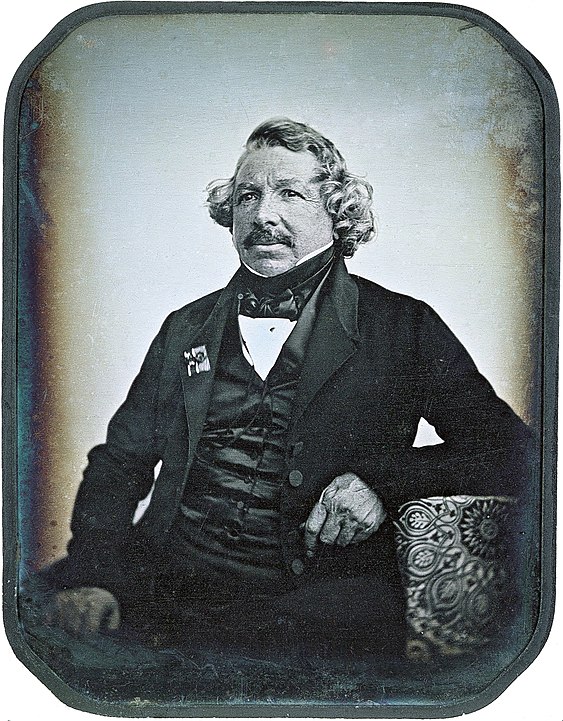
#2. In 1839, Louis Daguerre gifted his invention to the world, thus marking the birth of modern photography. Daguerreotypes were unusual because they were not printed on paper. On which material were the earliest photos printed?
Daguerreotypes were printed on copper plates coated with silver. Before developing a photo, the plate was exposed to iodine vapour in order to form a light-sensitive layer of silver iodide. Then it would be placed for a long exposure in a device called the camera obscura. The image was developed over heated mercury and fixed in a salt solution. READ MORE
Image: Daguerreotype of Louis Daguerre by Jean-Baptiste Sabatier-Blot (1801-1881), Public Domain
#3. Following daguerreotypes, cyanotype photos were relatively cheaper. Photos printed this technique had a characteristic hue to them—what colour is associated with cyanotypes?
Invented by Sir John Herschel in 1842, the cyanotype process used the light sensitivity of iron salts as opposed to those of silver. Rather low-cost and simple, the process was often used in making proofs of images. Characterized by their brilliant blue colour, cyanotypes were also used in the mapping of architectural projects. The term ‘blueprint’ is considered to have found its inspiration here. READ MORE
Image: Bodhgaya Temple, Gaya (Mahabodhi Temple), cyanotype print © Sarmaya Arts Foundation (2017.19.26)
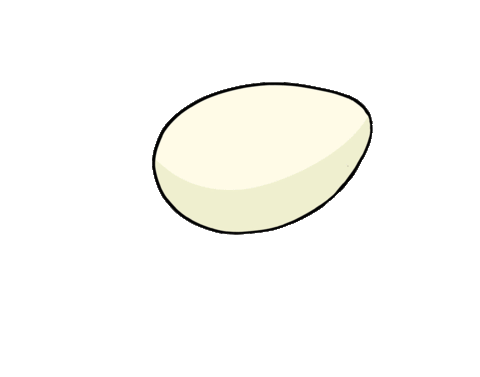
#4. Name the 19th-century photography technique that relied on the use of egg whites to create sharp, glossy images.
Albumen prints are photographs printed on paper that’s been treated with an emulsion of egg whites and salt. The technique was invented by French photographer Louis Désiré Blanquart-Evrard in 1850, and it revolutionised the industry. Albumen prints were glossier and more detailed than the salt prints that preceded them. From 1860 to 1890, albumen print photography reigned supreme in India and worldwide. It was the medium of choice for all photographers, whether they were working for the British Crown or the growing Indian market. READ MORE
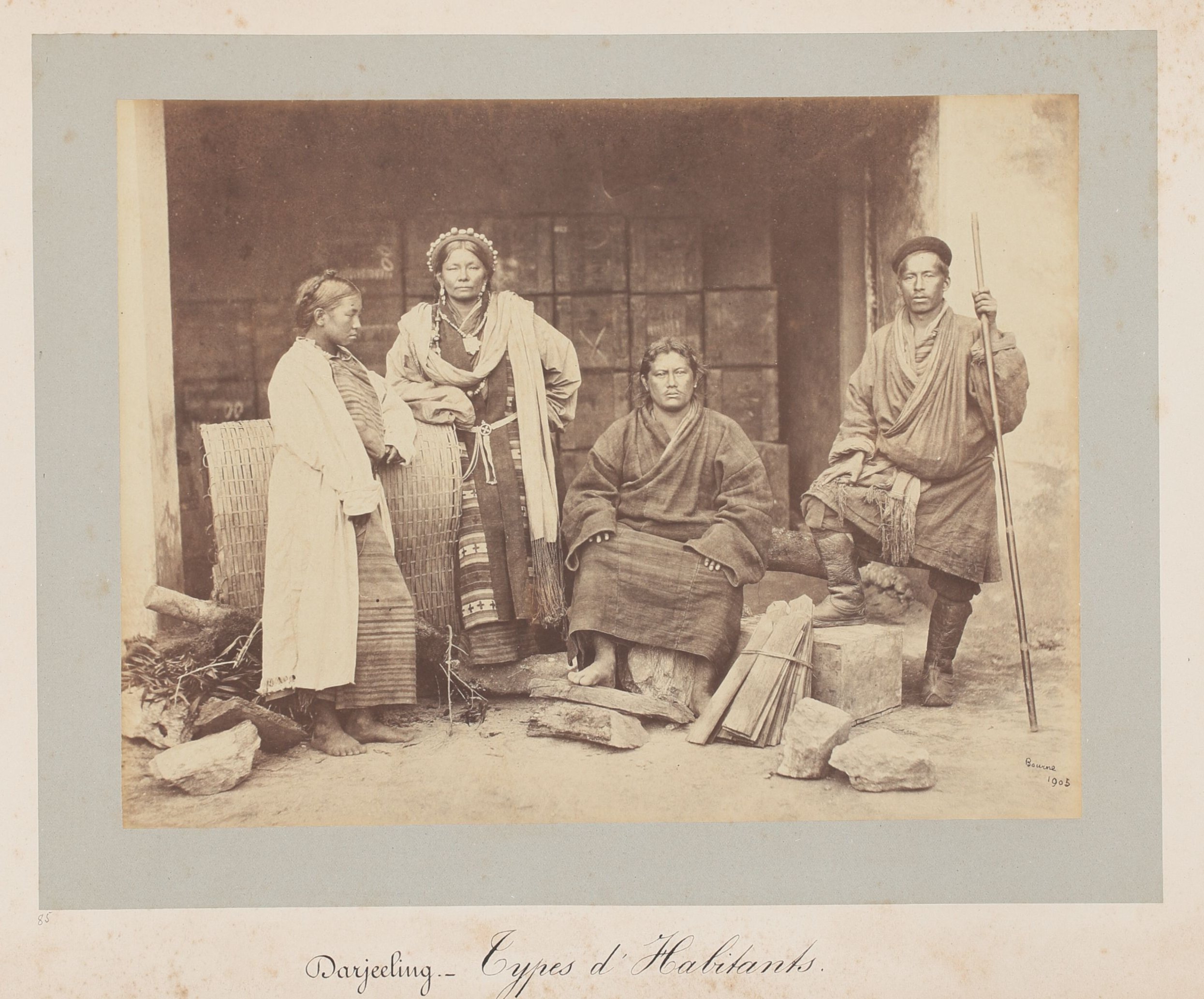
#5. Which precious metal was most widely used in 19th-century photography?
From daguerreotypes to gelatin prints, most early photography processes used silver compounds due to their high sensitivity to light. These include silver bromide, silver chloride and silver iodide, which were emulsified in various liquids applied to glass negatives and printing paper. To prevent oxidization, old photographs containing silver particles need to be protected from atmospheric variables like humidity and pollution. READ MORE
Image: Darjeeling. Types d_Habitants [Darjeeling. Types of Inhabitants], 1865, Samuel Bourne, Albumen print, © Sarmaya Arts Foundation. (2020.6.1 (85))
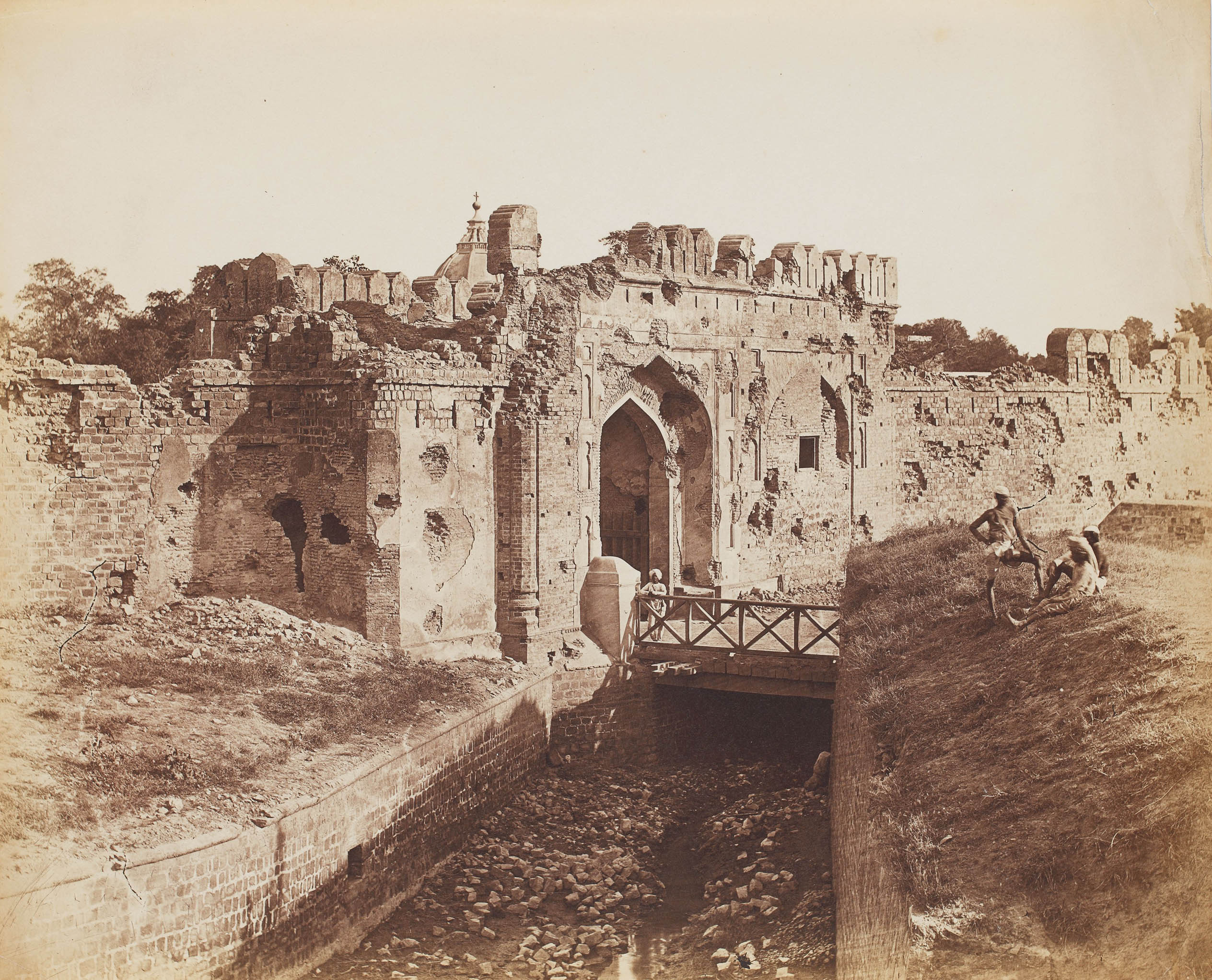
#6. Some of the earliest photographs taken in India document a very important chapter in our nation’s history. This event is known by names like, ‘First War of Indian Independence’, ‘Sepoy Mutiny’, ‘Rebel Uprising’. In which year did this momentous battle begin?
The Revolt of 1857 was India’s first widespread struggle against the British government. It shook up the very foundations of British rule in India; in 1858, the East India Company transferred its ruling powers to the British Crown. Subsequently, the War Office in London commissioned photographer Felice Beato to document the ravages of the conflict. He arrived in India in February 1858 and travelled extensively to Delhi, Kanpur, Lucknow, Meerut, Shimla, Agra and Lahore, creating over 130 topographical, panoramic and architectural photos of British military sieges and campaigns. READ MORE
Image: Cashmere Gate, Delhi, 1858, Felice Beato, Albumen print, © Sarmaya Arts Foundation. (2017.2.10)
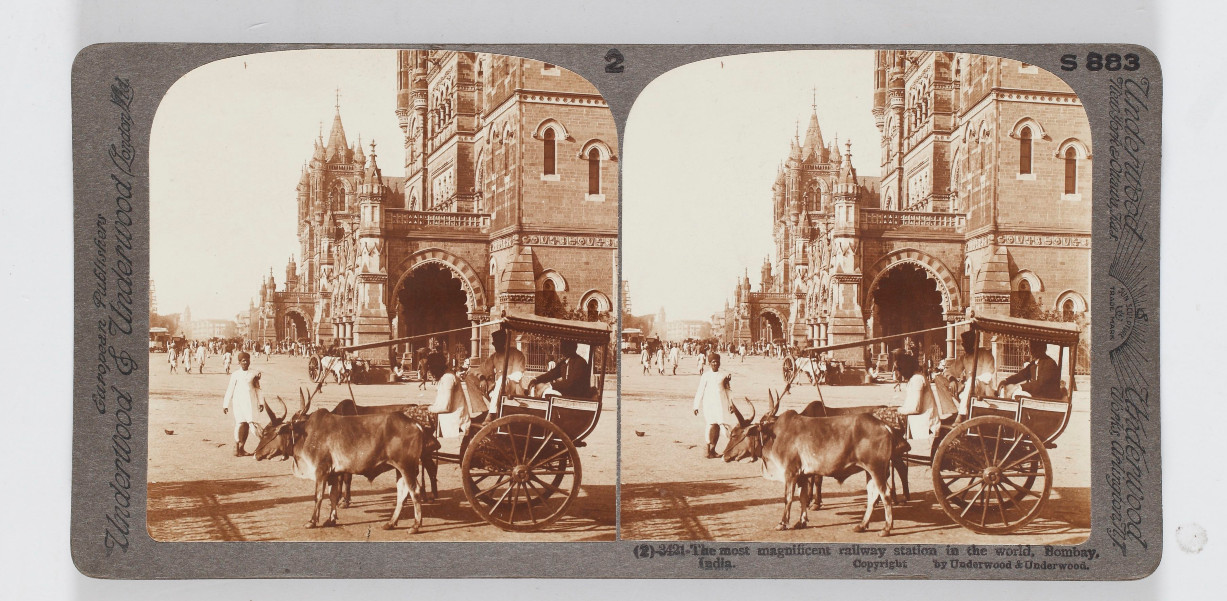
#7. What is the name of the technique used to produce photos like this:
Stereography is the technique of creating a 3D effect using a set of two nearly identical photos, taken at slightly different angles. Inside the camera two lenses were placed approx. 6cm apart, to mimic the position of human eyes. The finished photos were mounted side-by-side, and viewed through the two eyepieces of a stereoscope. As the brain tries to bring the two images together, it creates an optical illusion of three-dimensionality. READ MORE
Image: The Most Magnificent Railway Station In The World. Bombay, India; 1900s, published by Underwood and Underwood, silver gelatin print mounted on a stereo card, © Sarmaya Arts Foundation. (2017.15.1 (2))
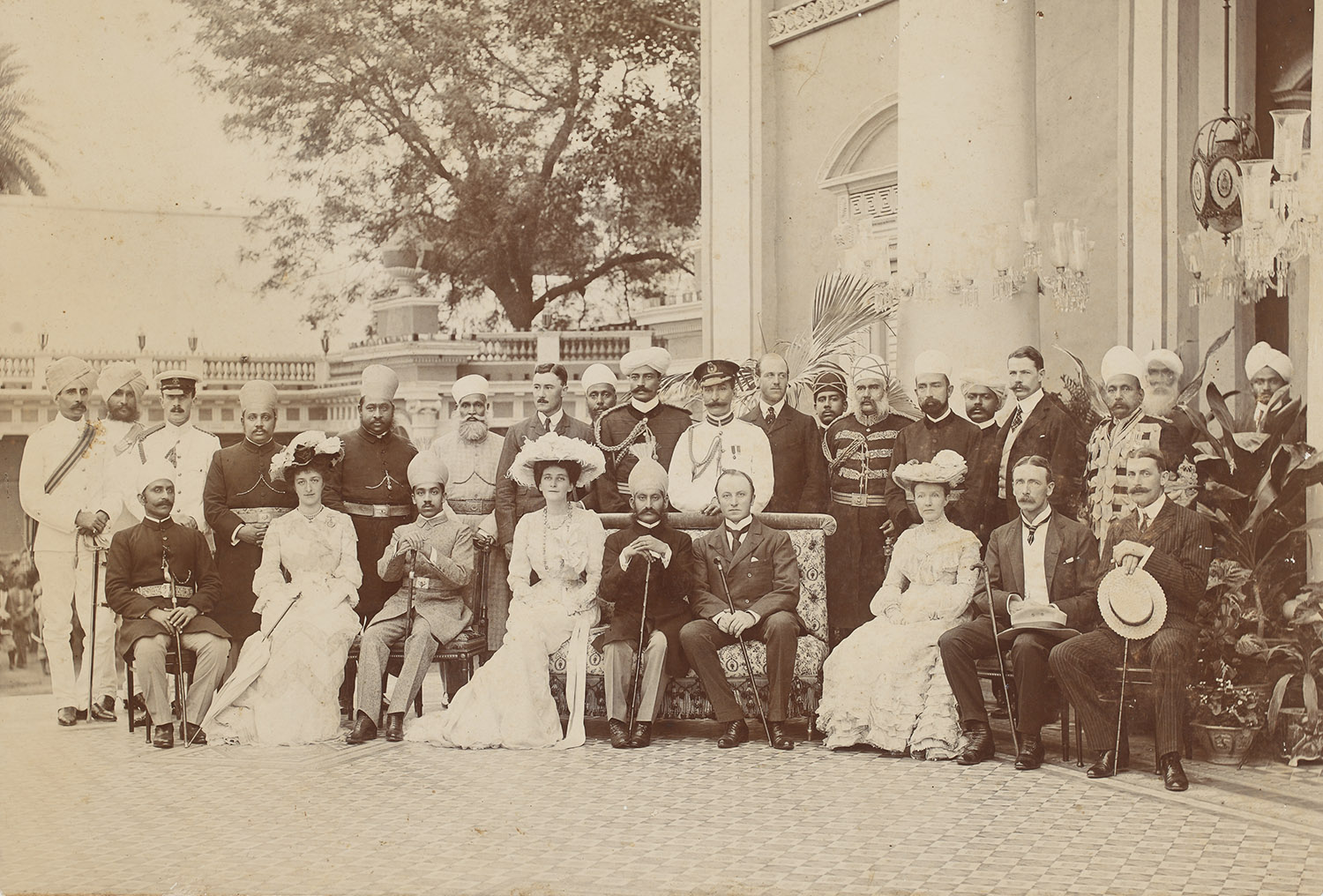
#8. In late 19th-century India, the rulers of princely states began to employ official state photographers. The most popular among them was Lala Deen Dayal, who so impressed his royal patron that he was given the title of ‘Raja’. In which princely state did Deen Dayal make his career:
In 1894, Lala Deen Dayal was appointed as court photographer of the sixth Nizam of Hyderabad, Mir Mahboob Ali Khan. Not only did he capture the pomp and splendour of royal life, including lavish durbars and big-game hunts, he also chronicled significant developments in the state, like the construction of rail lines and relief efforts during droughts and famines. READ MORE
Image: Their Excellencies Lord and Lady Curzon and party with H.H. the Nizam at the Chowmahala palace, 1902, Lala Deen Dayal © Sarmaya Arts Foundation (2018.57.6)
#9. In October 1854, the first official Indian Photographic Society was launched in which city:
The first official Indian body dedicated to photography was set up in Mumbai in 1854. The Bombay Photographic Society had notable patrons like Governor Lord Elphinstone and Lady Canning, and over two hundred members drawn from varied professional backgrounds. It published a monthly journal that became a successful platform for the exchange of knowledge between local amateurs and a floating population of expert practitioners. READ MORE
Images –
Mumbai: The Bank, Esplanade Isle, Watson’s Hotel, Bombay, late-19th century, from ‘Souvenirs de Voyage’ ©️ Sarmaya Arts Foundation (2020.6.1)
Chennai: 12 Pêcheur, Madras, late 19th century, unidentified photographer, from ‘Souvenirs de voyage Madras’ ©️ Sarmaya Arts Foundation (2016.4.1 (6))
Delhi: Jama Masjid, Delhi, Felice Beato ©️ Sarmaya Arts Foundation (2017.2.8)
Kolkata: Entrance to the Kalighat Kali Temple, Calcutta, c.1890-1930, by unidentified photographer ©️ Sarmaya Arts Foundation (2016.4.141)
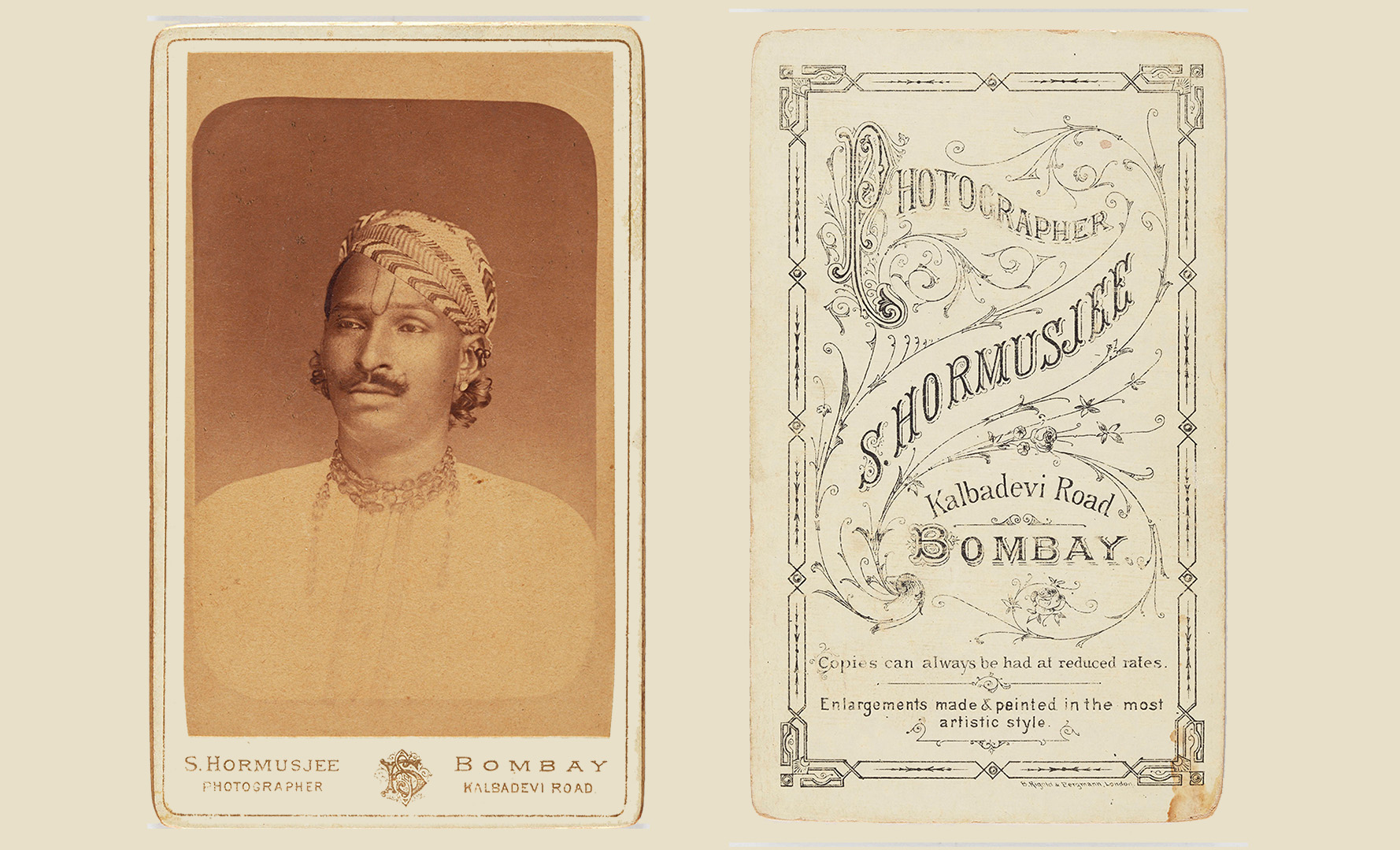
#10. In 19th century India, CDVs were widely used. These paper cards had small albumen print portraits pasted on them, accompanied by some information on the photo studio. How were CDVs used?
With portraits slightly larger than today’s passport-size photos, Cartes de Visites were used as calling cards. Among middle- and upper-class societies, it was trendy to leave a CDV with one’s photo at a host’s house when paying social calls. CDVs of well-known personalities were collectibles that fans would gather in photo albums. READ MORE
Image: CDV portrait of an unidentified man ©️ Sarmaya Arts Foundation (2017.39.4)






